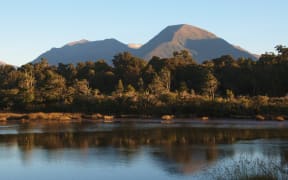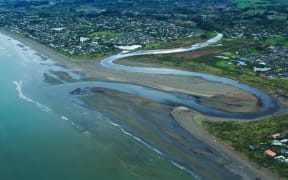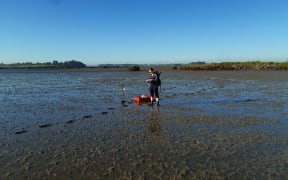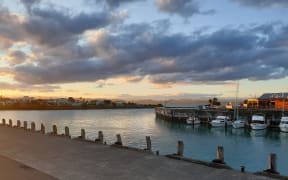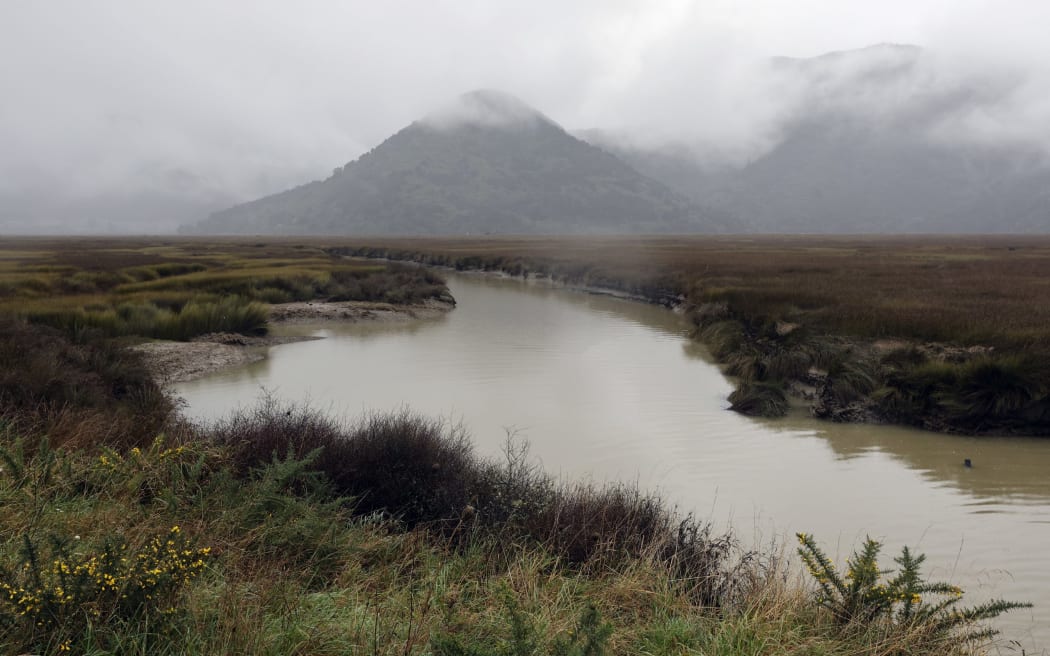
The estuary is one of the muddiest in the country. Photo: Stuff / Anthony Phelps
Multiple contaminants have been discovered in a Marlborough estuary in "crisis", adding pressure onto one of the "muddiest estuaries in the country".
The Motuweka/Havelock Estuary, which borders the Havelock township, is the second largest in the region and the largest in the Marlborough Sounds, at about 800 hectares, and covering about 16 kilometres of coastline.
Oliver Wade, coastal scientist for the Marlborough District Council, said the estuary was "significant for all kinds of reasons, both ecological and cultural, economic and social", as he presented a report to the council's environment and planning committee, commissioned by the council and done by Cawthron Institute.

"Sadly however what it also is, is a bit of an estuary in crisis," Wade said.
"This is recognised as one of the muddiest estuaries in the country."
The report said the highest "contaminant loading contribution" came from Te Hoiere/Pelorus River, which entered the estuary from the west.
Other "notable" contributors of contaminants, which included nitrogen and phosphorus to the estuary, were estimated to be from a nearby Sanford factory, the Havelock sewage treatment plant, and urban stormwater.

Havelock Estuary at low tide, looking from Cullen Point. Photo: Supplied / Stuff
"Comparatively high loadings of copper were estimated from the Havelock Slipway and the leachate from the marina, with urban stormwater contributing to elevated zinc loading," the report said.
Past reports had indicated the estuary was in "moderate to poor" ecological health, with sedimentation and high nutrients the main factors contributing to its poor state. Sedimentation had been a "high risk" factor since 2001.
But Wade said there was not a full understanding of what was going into the estuary, through pipes, seawalls and the like.
"First we actually had to go and have a look. So the Cawthron staff, and my colleague, they actually went and walked the shoreline of the whole Havelock estuary, and it took them quite a long time," Wade said.
"They actually looked at everywhere that they could see the discharge that was going into the marine environment, and they'd GPS that and get the location.
"The next part of this work … was really going through all of council's consents files, and pulling out all the relevant information to these discharges that we have on file."
This looked at the nature of the discharge, volumes, concentrations and contaminants, Wade said.
They identified 34 discharge points along the estuary, and 17 consents for discharges, although some consents were for multiple discharges.
However there was also a disparity between "the actual location of discharges, and what we have on file", he said.
Effects from the contaminants "broadly" included eutrophication, which happened when a body of water became overly enriched with minerals and nutrients which caused excessive growth of algae. This could lead to the depletion of oxygen in the water body.
Other effects included metals, or biological toxicity (metals), which could have a direct toxic effect on organisms, notably early stages of fish development.
However there were some limitations to the data, the report said, due to a lack of understanding around the discharge composition and volumes.
"The identification of discharge contributors, and discharge-specific information collated through this assessment, was the first key step to assessing cumulative effects to the estuary and highlights where contributors may be adding to ecological or human health-related pressures within the estuary," the report said.
"Where data was available, we found that contributors frequently appear to be discharging contaminants to the estuary at concentrations higher than background values and higher than guideline values for receiving waters."
Marlborough District Council consents and compliance group manager Gina Ferguson said the preliminary report would help inform future decision-making.
"It will certainly inform future conditions of consent, cumulative effects, and also the possibility of what we can do to review historic consents, because we are dealing with some consents that are nearly 20 years old," Ferguson said.
Local Democracy Reporting is Public Interest Journalism funded through NZ On Air
